Quality is often more important to parents than price

Latest news
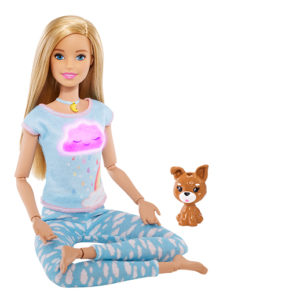
-ADVERTISEMENT- The wellness and fitness trend has arrived in the …
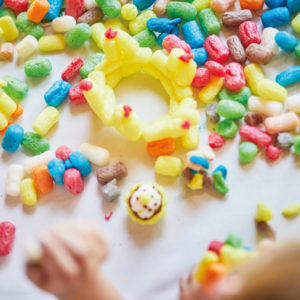
The fight against environmental destruction and the climate crisis are …

Anyone looking for new products in the field of toys, …
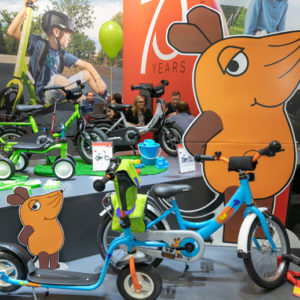
It is a market with huge dimensions and great potential. …
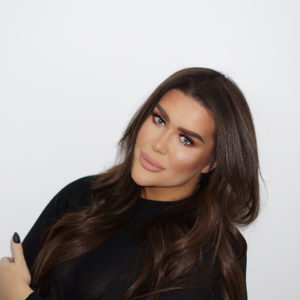
For companies, a social media presence has become indispensable and …
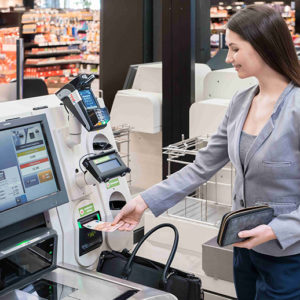
Hardly anything disturbs customers as much as waiting at the …

Research by TV station RBB has shown that some outlet …
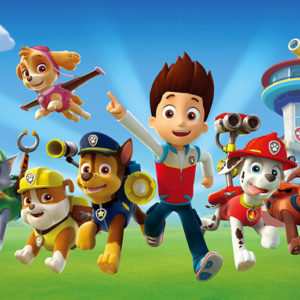
The industry association Licensing International (formerly LIMA) has honored outstanding …
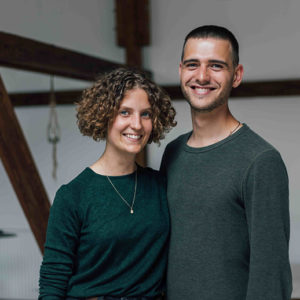
Communications manager Hannah König and managing director Stephan Schenk are …
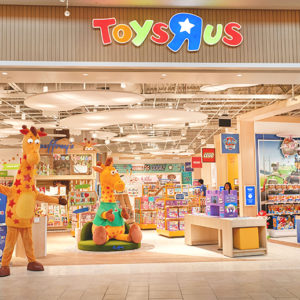
The toy dealer wants to leave his insolvency behind him. …
The Germans spend more than 7.2 billion euros a year on equipping their children and babies. This is a market with a great deal of potential, because the purchasing behavior often changes with the next generation: Quality and safety awareness play a much greater role. Manufacturers and retailers can position themselves well here with the right range of products, eye-catching arguments and appropriate marketing.
The best example of the changing purchasing behavior of young families is the car. Suddenly, the focus is no longer on driving enjoyment and horsepower, but on safety and space. This is confirmed by the trade journal Auto Straßenverkehr. For the overwhelming majority of the more than 18,000 respondents, the space available is the most important purchasing criterion. For 89 per cent a big trunk is at the top of the wish list, 78 per cent consider a spacious interior to be the deciding factor when it comes to buying. For 73 percent safety is also high on the priority list. The parents are willing to pay for this: Families want to spend a lot of money on buying a new or used car - an average of 24,750 euros.
83 percent of pram customers like to pay more
The market research institute Interconnection has examined the baby stroller sector in more detail. For the 500 people surveyed who recently bought a baby stroller, product quality is the top priority in their purchasing decision. Further criteria such as discounts, price level or product design follow by far. The classification of the buyers is interesting: almost a quarter of the respondents ranked among the risk avoiders - the best interests of the child are close to their hearts and they try to avoid possible sources of danger and to support the health of the offspring in the best possible way.
Retailers can score points here by highlighting the safe and ergonomic aspects of the pram model. “This is followed by the high-price buyer type with 21.2 percent. The high-price buyer spends more than planned and is inspired by innovative features. This is a sign of a market where price is secondary and the own ego should be satisfied”, says Ernst Rumpeltes, author of the study. Here, too, marketing can take a targeted approach and include details such as technical innovations, weight or extra equipment in customer communication. Overall, according to the study’s conclusion, 83 percent of customers with prams are happy to pay more. Only for 16.8 percent of those surveyed, the price is the main argument in the purchase decision.
Four out of five consumers spend more money on high-quality children’s equipment, according to the TÜV
TÜV Süd confirms that quality is more important for parents than price. A study by the testing institute showed that 71 percent, the majority of German consumers, is generally prepared to pay a higher price if it can expect better quality or a higher level of safety. This willingness is even greater in the case of products for children: 80 percent of those surveyed would spend more money on high-quality goods. Safety comes first in the list of the most important factors for children’s purchases, followed by functionality and performance. The price comes in fourth place.
Product safety is a decisive purchasing criterion
A recent Dekra survey also shows that the trade collects positive points from parents with the “safety” argument. With 99 percent, almost all fathers and mothers pay attention to a high-quality impression and a good workmanship of the toy. For 82 percent, a seal of approval from an independent testing organization is “important” or “very important”. The brand or manufacturer is decisive for fewer respondents - 40 percent. For manufacturers and retailers, this means: do good and talk about it. Positive test results from renowned organizations or trustworthy quality labels should be placed on the product, packaging, brochure or website. Since that can be decisive for buying.
Certificates support the communication of quality
One area where parents pay attention to quality is children’s clothing. Since after all it comes into direct contact with sensitive baby skin. Last year, the International Association for Research and Testing in the Field of Textile and Leather Ecology OEKO-TEX surveyed more than 11,000 consumers, especially millennials and parents. Parents of small children express their concerns about harmful substances in a large number of products. Their awareness of environmentally friendly clothing and home textiles, which is also reflected in appropriate product purchases, is much stronger than that of people who do not have small children. Accordingly, millennials and parents have a greater interest in certified textiles. “Both of these consumer groups with a lack of time are looking for the shortest route to trust and transparency,” says Ellen Karp, an expert in global brands and sustainability research. “Millennials and parents want to do the right thing for society and the earth, but also for their families. Brand companies and certifiers play an important role in communicating information that enables these committed consumers to make responsible purchasing decisions they are willing to make.”
You might also be interested in:
Baby 3.0, or the digital nursery of the future
Link: www.interconnectionconsulting.com
Image:
TÜV SÜD
Spielwarenmesse
//KH



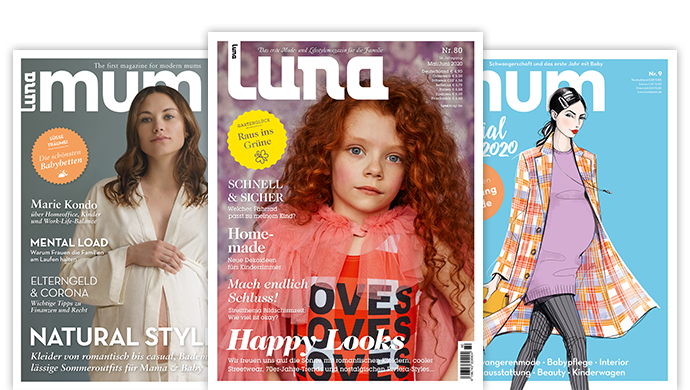
Leave a Reply